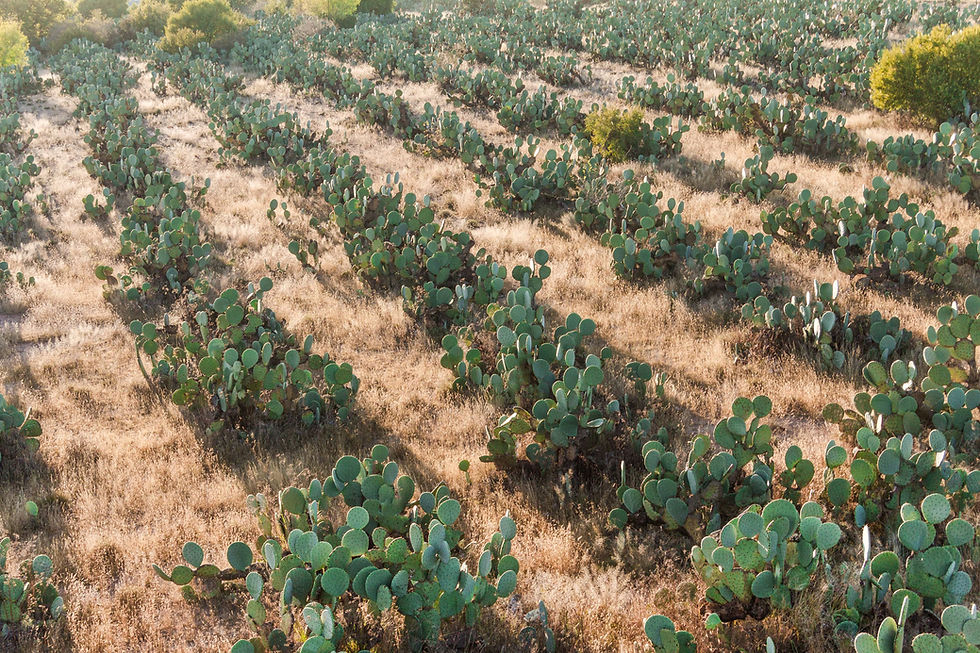For years, argan oil has been the darling of the beauty world. It’s been slathered on everything from split ends to dry elbows, and don’t get us wrong—it’s a great oil. But what if we told you there’s an even better one that’s been flying under the radar?

Meet prickly pear seed oil. It’s lighter, more potent, and frankly, a bit of an overachiever when it comes to skincare benefits. So, is the industry snoozing on the real MVP? Let’s break it down.
1. Nutrient showdown: Who’s bringing more to the table?
Both oils have solid credentials, but prickly pear seed oil takes the lead where it matters:
Vitamin E: It packs up to 150% more vitamin E than argan oil. Why does that matter? Because vitamin E is a powerhouse antioxidant that helps fight off free radicals, slow down ageing, and keep skin looking fresh.
Fatty Acids: Argan oil is no slouch here, but prickly pear seed oil has more linoleic acid—which means it absorbs beautifully and helps balance oily or acne-prone skin.
In short, if your skin had to choose, it would probably pick prickly pear.
2. Hydration without the heaviness
Argan oil is deeply moisturising, but it can feel a bit rich, especially for combination or oily skin. Prickly pear seed oil? Light as a feather, but deeply hydrating. It soaks in quickly, nourishes without clogging pores, and leaves skin feeling smooth, not slick.
Think of it as the difference between a thick winter blanket and a perfectly cosy duvet—it just feels right.
3. The anti-ageing edge
If fine lines, dullness, or dark spots are your concerns, you might want to reach for prickly pear seed oil:
More vitamin E = better protection against wrinkles.
Betalains (fancy antioxidants that reduce inflammation and repair skin) help brighten and even out skin tone.
It works harder to fade dark spots and sun damage, without irritation.
Basically, it’s like an Instagram filter—without the filter.
4. Skin repair & soothing power
Both oils help with skin healing, but prickly pear seed oil takes it up a notch:
It’s particularly good at calming redness and soothing sensitive skin (rosacea and eczema-prone folks, take note).
Thanks to its high linoleic acid content, it promotes faster skin regeneration, making it great for scars and hyperpigmentation.
In other words, if your skin has been through a rough patch, this is the oil that’ll get it back on track.
5. Sustainability: The undercover hero
Argan oil has become so popular that its production is putting pressure on the environment. Prickly pear seed oil, on the other hand, comes from a plant that thrives in tough conditions and needs very little water.
It’s more sustainable.
It grows like a champ with minimal intervention.
Extracting the oil is incredibly labour-intensive—each seed holds just a tiny drop, making it one of the most precious oils in the world.
So not only is it better for your skin, but it’s also kinder to the planet. Win-win.
So, Is the skincare world sleeping on prickly pear?
Argan oil had its time in the spotlight, but the truth is, prickly pear seed oil is the real MVP. More antioxidants, more skin benefits, and a texture that just gets your skin.

Comments